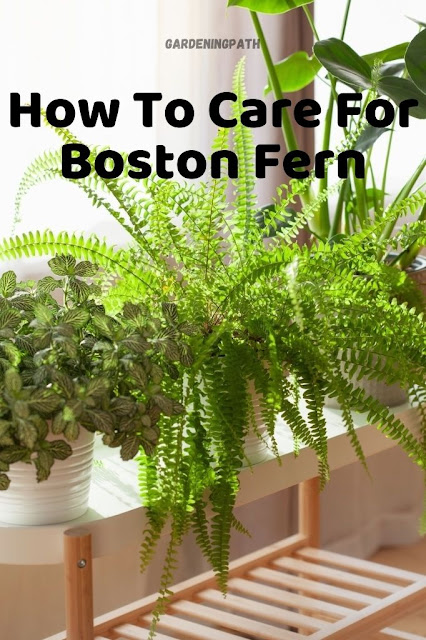How To Grow and Care For Zebra Plant | Indoor Plant Guide
Aphelandra squarrosa, known more commonly as the Zebra plant, is a tropical plant originally from Brazil. Typically grown indoors, it's lauded for its unique dark leaves that are striped with white veins, as well as its colorful flowers. The leaves are large and waxy in a base color of dark green with contrasting creamy white veins, making it easy to see where this plant. This attractive houseplant is grown for its unusual foliage, along with its striking flowers. It can be quite a challenge to encourage the flowers to bloom, (which usually happens in late summer or early autumn) but when they do they are a sight to behold in startling yellow.
Like many tropical plants, the Zebra plant can be a challenge to grow indoors, especially in temperate areas. It requires a lot of moisture, warmth, and food to thrive, and indoor conditions are not always naturally conducive to the plant. Still, with the right care and attention, a Zebra plant can thrive for several months.
Zebra Plant Care
The zebra plant grows well indoors when given the correct care and conditions. However, it is quite a temperamental species and can easily lose its leaves and becomes leggy - without the proper care, it needs.
Light & Temperature
Zebra plants thrive when given bright, indirect light. While it can tolerate a bit of shade, it won’t flower as often or as long if it’s not given enough light. Be sure to avoid direct sunlight, as it can scorch your plant’s leaves.
The perfect temperature for growing your zebra plant is between 65-80 degrees. Happily, this coincides with most people’s preferred indoor temperature range!
Never allow your zebra plant to spend long in temperatures below 55 degrees. It can cause damage to the plant’s beautiful foliage.
If you’re trying to grow your zebra plant outdoors, be sure that it’s in a sheltered location. It needs light, but not direct sunlight. Placement under a thick tree canopy or porch should work well. Growing in a greenhouse is an option as well to increase the humidity.
Humidity
Zebra plants like slightly higher humidity than many other plants of 60% - 70%. You may need to raise the humidity levels in a room artificially by placing the plant in a humidity tray with pebbles or use a humidifier appliance. Low humidity levels within an artificially heated room during winter is not going to make a Zebra plant very happy.
Fertilizer
The use of fertilizer can greatly benefit the Zebra plant's growth, especially when it comes to its ability to flower. During its peak growth season (typically spring and early summer), the Zebra plant should be fed every one to two weeks using a fertilizer that is well-suited to both foliage and flowers.
Watering
The Zebra Plant is a tricky one to water. It will react badly to being overwatered or underwatered and needs its soil to be holding just the right amount of moisture to keep it happy. During the summer months, the soil will need to be consistently moist but never soggy. The biggest mistake people make in trying to keep the soil moist is by watering it little and often, but, in fact, this will only keep the top layer of the soil moist, with the water never reaching the center of the soil. Instead, be sure to give the plant-heavy watering at least once a month, ensuring that all areas of the soil are reached.
Water the plant slowly until water comes out of the containers drainage holes and then, discard any excess so that the roots are not left sitting in water. In between the heavy waterings, you should keep an eye on the plant’s soil and top it up with water to ensure it never dries out. The Zebra Plant will not be happy if it has dry soil during the spring and summer months.
In the winter months, you can relax your watering schedule a little, allowing the top few inches of soil to dry out between waterings. Test the soil by dipping in your finger and proceed with watering as long as the soil was not moist to the touch. This will help to prevent overwatering.
Soil
A Zebra plant will grow best in soil that is neutral to acidic. A multi-purpose potting blend is adequate for a Zebra plant—you can also incorporate sand into the mixture to ensure that it drains well. If a flowering plant is your goal, feed using fertilizer every one to two weeks during its growing season (spring and summer).
Propagation
These are propagated through taking a couple of inches long stem tip cuttings and using a rooting hormone to help them grow roots. The ideal room temperature is about 70 ºF (21 ºC) and fairly high humidity improves the chance of successfully propagate the cuttings. Applying heat to the bottom of the pot (using a temperature mat) can speed up the growth process.
Pruning
When the flowers begin to die remove them. Also, prune the stem and leaves down so there are only two rows of leaves in height left – once the bract begins to die off. This can help prevent the plant from getting leggy and losing leaves (which most do) whilst giving the plant an opportunity to grow the following year. Don’t forget to take your cutting for propagation now!




Comments
Post a Comment